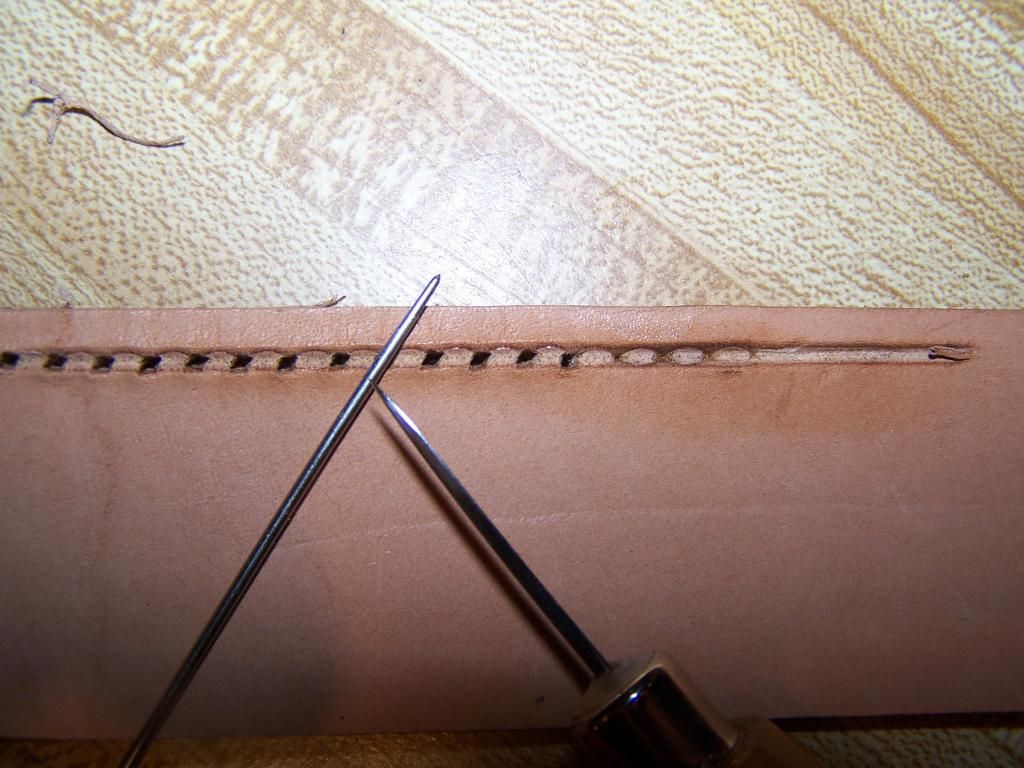the.ronin
Established
I've been looking high and low for a case, even a half case, for my Fuji GSW 690II and now for a Olympus 35RC in the mail. But everywhere I look these cases are made out of Hong Kong or Germany or Korea and, just in my own humble opinion, a bit pricey! In these searches I would come across a few DIY project posts and I have to think that it is not that complicated. Time consuming, perhaps, but I'm ok with that.
So this will be my DIY adventures thread and it may last all of this post or become something of a reference point for others. We shall see lol.
First thing is supplies. I am still scavenging the interwebs for anything that might be relevant along with some comments or open questions I have:
* leather - what thickness would be appropraite and is there a particular type thats better suited for this?
* groove tool - saw a DIY using a tool to make grooves for the stitching holes which made things look a lot more cleaner vs. DIYs that did not use this.
* stitching tool - looks like a industrial "KFC spork" lol.
* beveling tool - like the groove tool, this appeared to give a really clean finish to the exposed edges of the leather.
Ok so that's all the tools I've come across so far. I know I'm missing more like appropriate needles, the thread, etc. which I plan to research more.
As far as how, I plan to start by tracing the panels onto paper manila folders. These don't have to be pretty, just to ultimately have enough panels patchworked together so I have something to trace onto the leather. Using the paper panels will also allow me room to experiment.
Beyond that I have no idea lol. I am continuing to do research but wanted to share in case other hearty souls out there want to join me or have already done this and have advice to share.
Onward ...
So this will be my DIY adventures thread and it may last all of this post or become something of a reference point for others. We shall see lol.
First thing is supplies. I am still scavenging the interwebs for anything that might be relevant along with some comments or open questions I have:
* leather - what thickness would be appropraite and is there a particular type thats better suited for this?
* groove tool - saw a DIY using a tool to make grooves for the stitching holes which made things look a lot more cleaner vs. DIYs that did not use this.
* stitching tool - looks like a industrial "KFC spork" lol.
* beveling tool - like the groove tool, this appeared to give a really clean finish to the exposed edges of the leather.
Ok so that's all the tools I've come across so far. I know I'm missing more like appropriate needles, the thread, etc. which I plan to research more.
As far as how, I plan to start by tracing the panels onto paper manila folders. These don't have to be pretty, just to ultimately have enough panels patchworked together so I have something to trace onto the leather. Using the paper panels will also allow me room to experiment.
Beyond that I have no idea lol. I am continuing to do research but wanted to share in case other hearty souls out there want to join me or have already done this and have advice to share.
Onward ...








